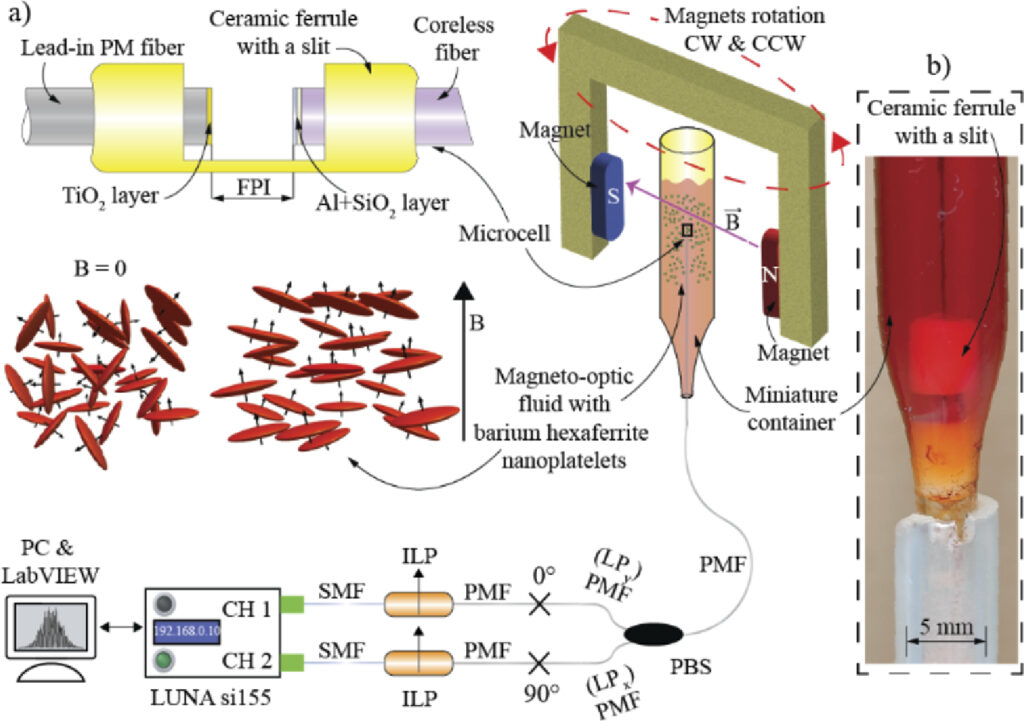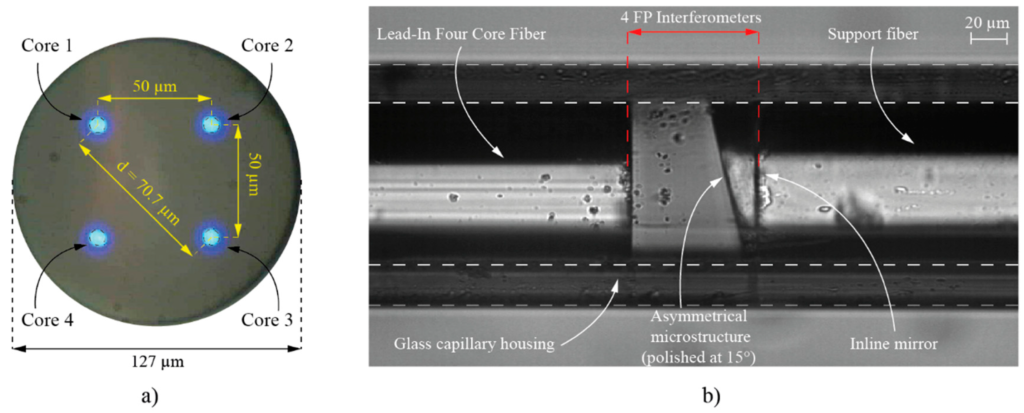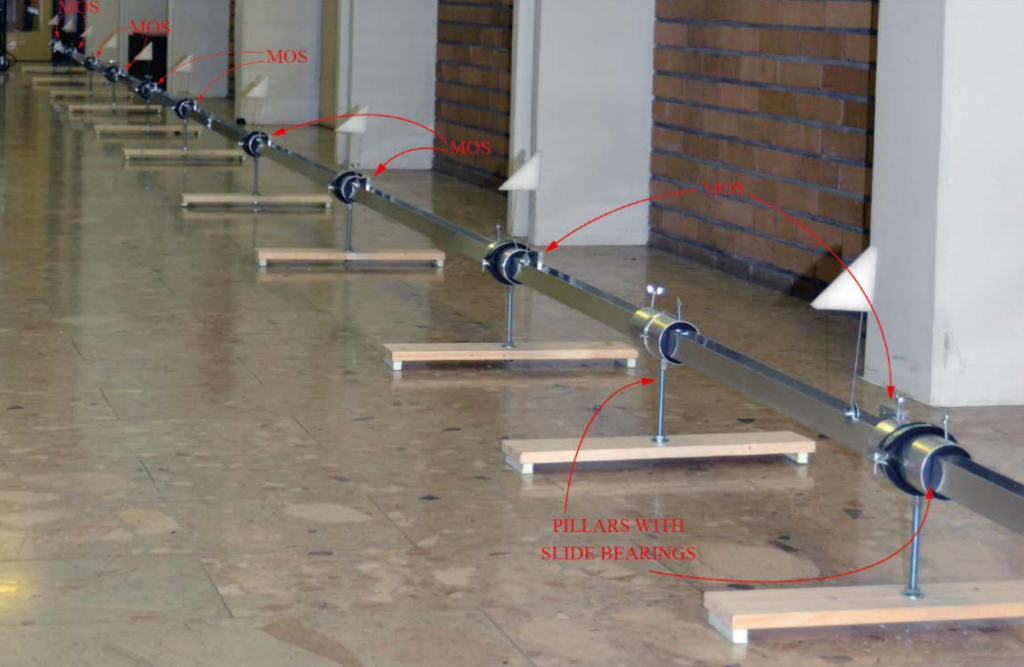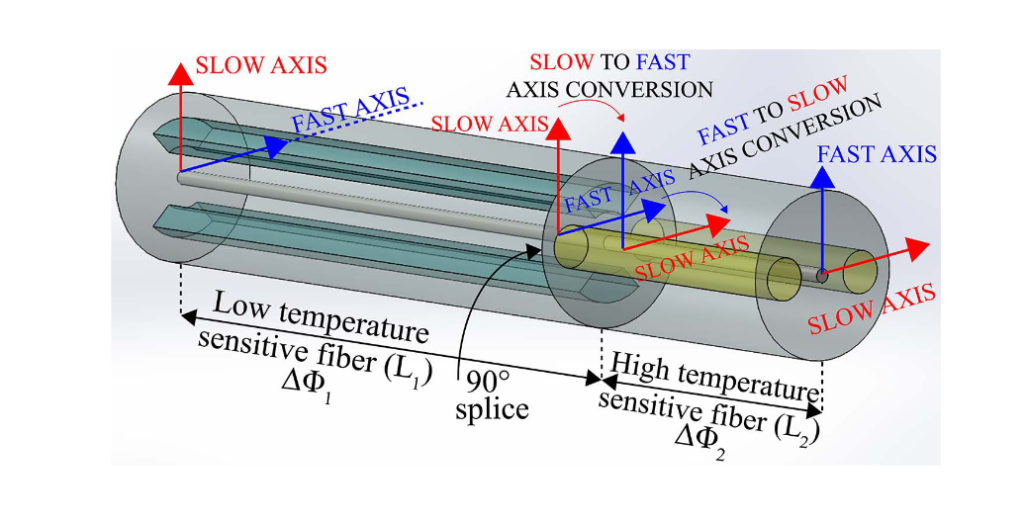
Corrosion-induced optical fiber microbending is demonstrated within this article as an efficient method for the design of sensors for the detection and localization of corrosion events on monitored metal surfaces. The proposed sensors were demonstrated in a single point and Read More …






